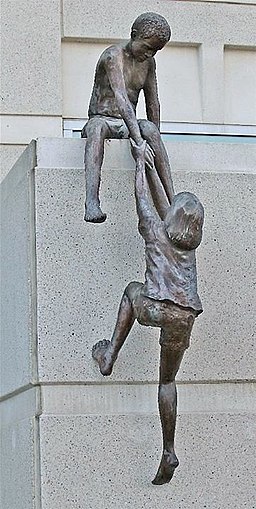
Being at home has it’s good points: doing many hours of work is more fun when you are on a couch, in your sweats. And of course the drawbacks are pretty obvious too.
No matter how well you are adjusting to this crisis, we are all getting restless. Doing something to help can be one solution!
Do you sew? Well, do you sew yet? Because it’s just not that hard to do some basic sewing. (I know: I can do basic sewing! It’s not hard.) Sewing some face masks now would be a good way to spend time!
You might not need them right now. Medical professionals in the area might not need them right now. But thinking ahead, about the very hard times that we know are coming for health care professionals – it’s good to be ready. Your masks may help to save some lives in a few weeks!
And if all that happens is you learned a new skill, tried a new thing, and had some crafting fun? Well, let’s just call that a win!
This link goes to the Instructables website. You will find patterns and directions, and photos, to make masks for adults and for children.
What do you need to get started???? They tell you right here:
- 9″ x 15″ fabric outer layer
- 9″ x 15″ fabric lining layer
- (3 regular or large size masks of either design, can be made from 1/4 yard (9″) of 45” wide fabric)
- 3” piece of soft wire (this can be decorative wire as shown, or picture wire, or even a paper clip if that’s all you can find)
- approx. 22” of elastic cord (child size length 10″, regular size length 11-12″, large size length 13″)
“WHAT KIND OF FABRIC?
You can choose any tightly woven cotton or cotton/poly fabric you like. Hold it up to the light to see how tight the weave is. Use the same fabric for outer and lining if you want, or use different ones to help you remember which side is clean and which dirty.
The research (see links at the end) shows 100% cotton having some effectiveness. Cotton/polyester blends may have additional properties of repelling water, making them better barriers to keep droplets from soaking through outer layers.”
Set up a Zoom session, sew with friends, and let’s get some good things going!

